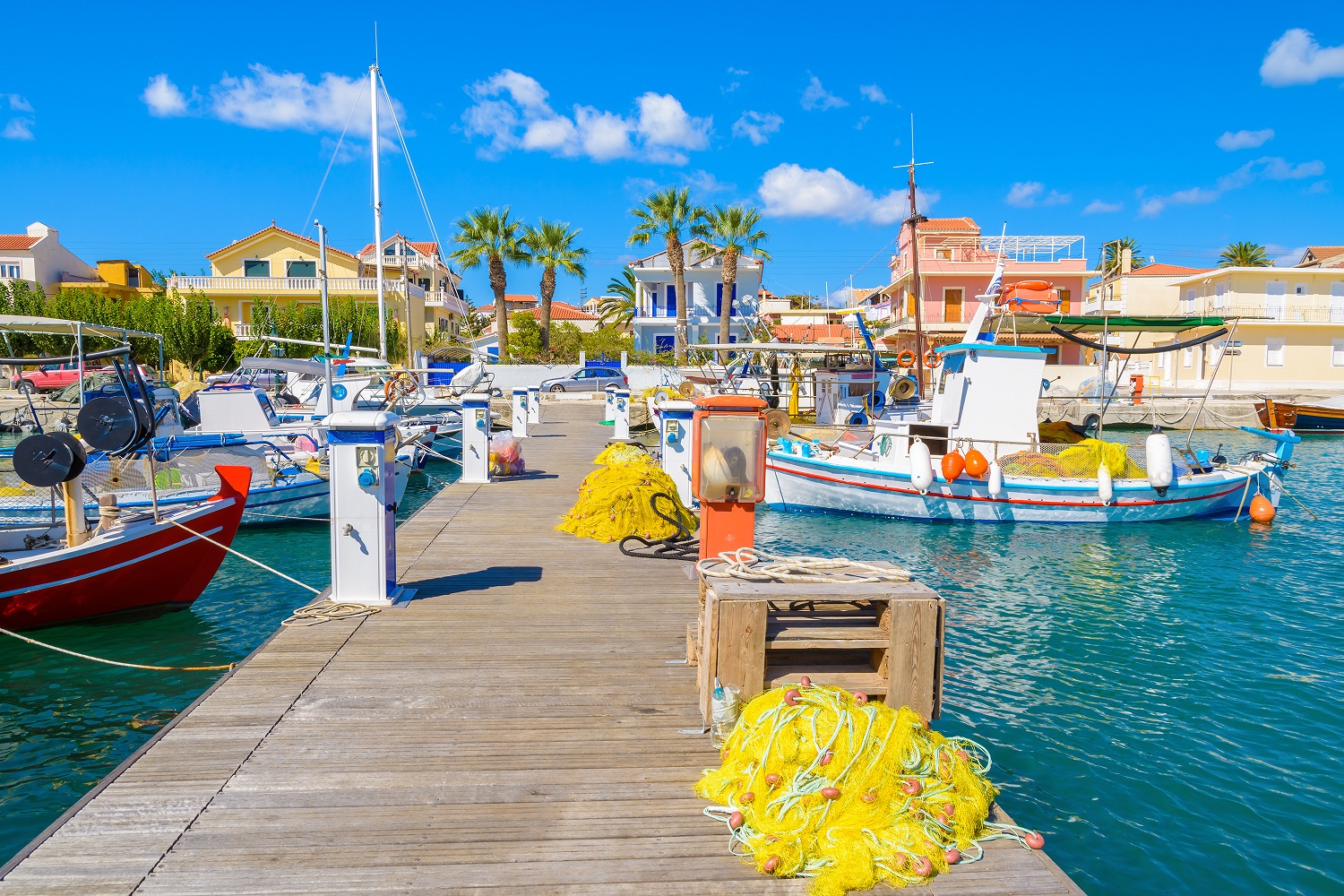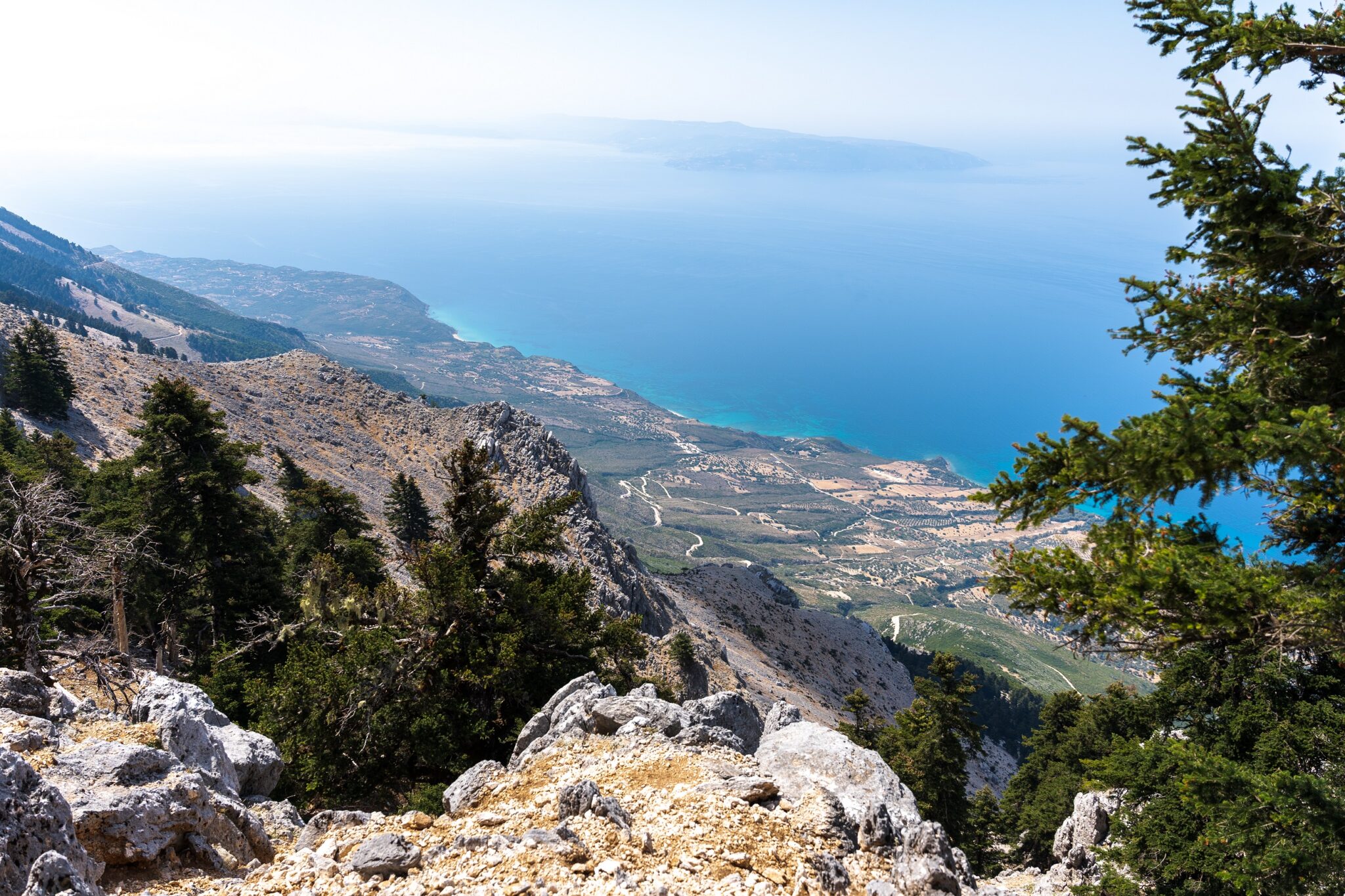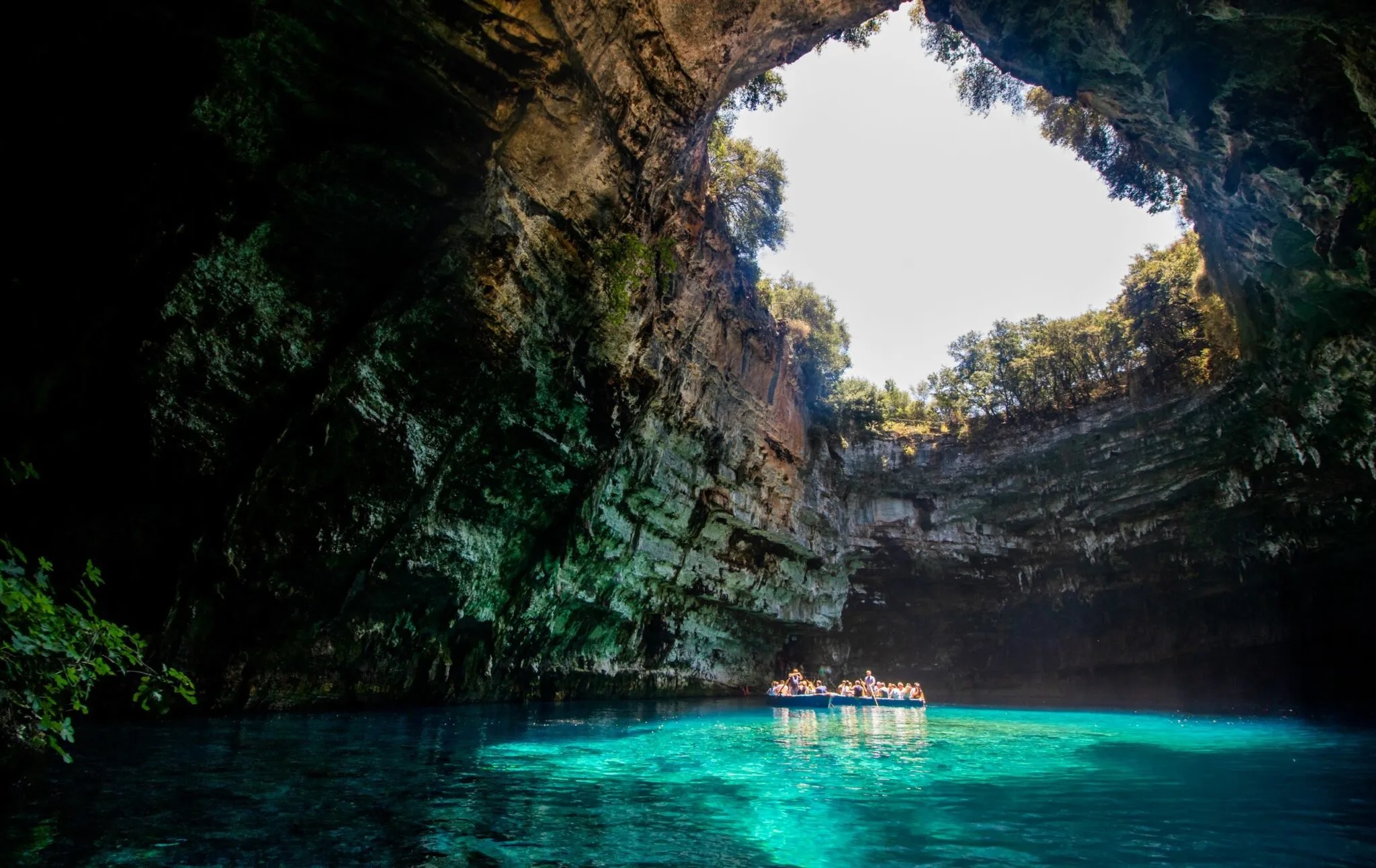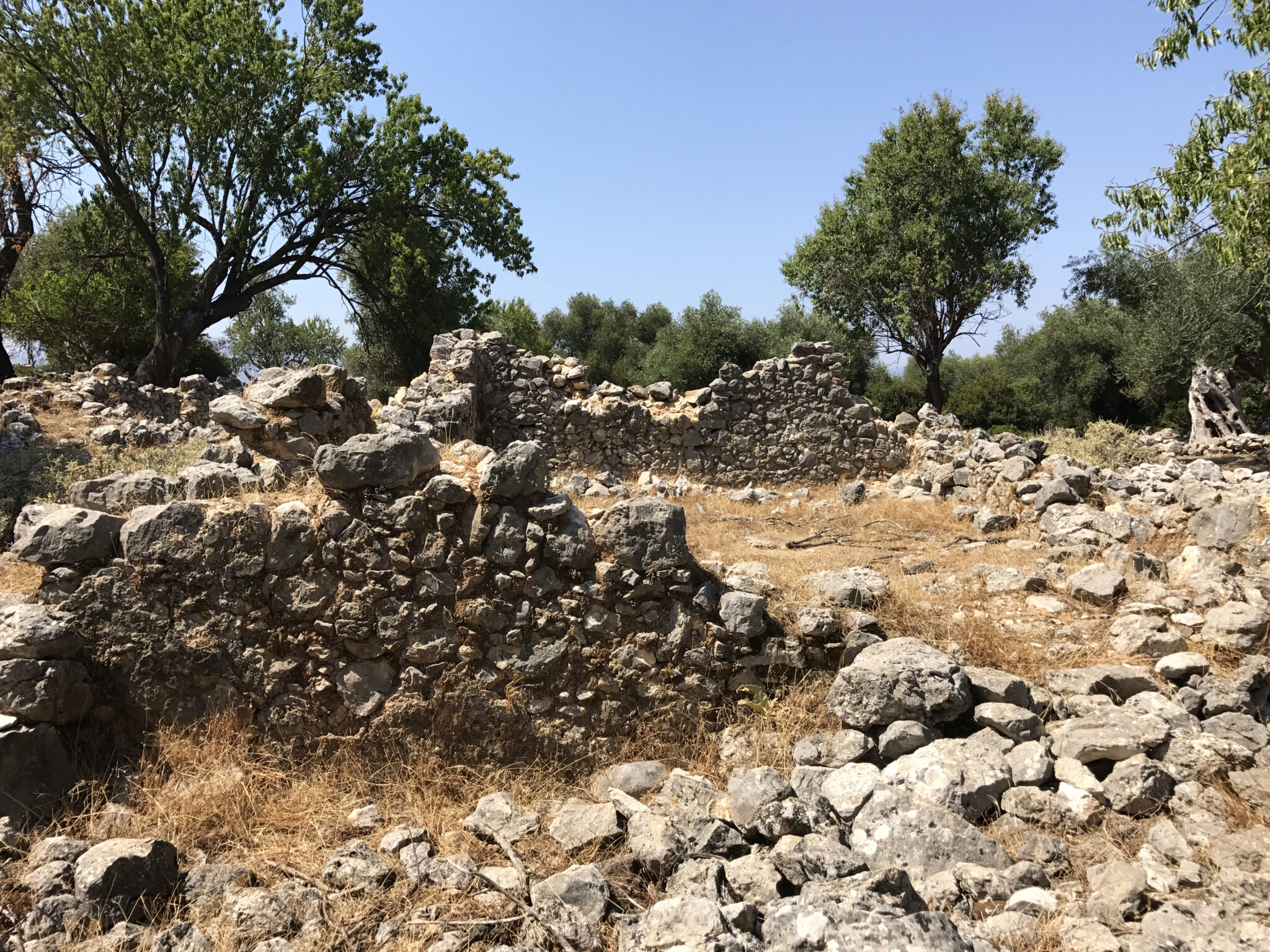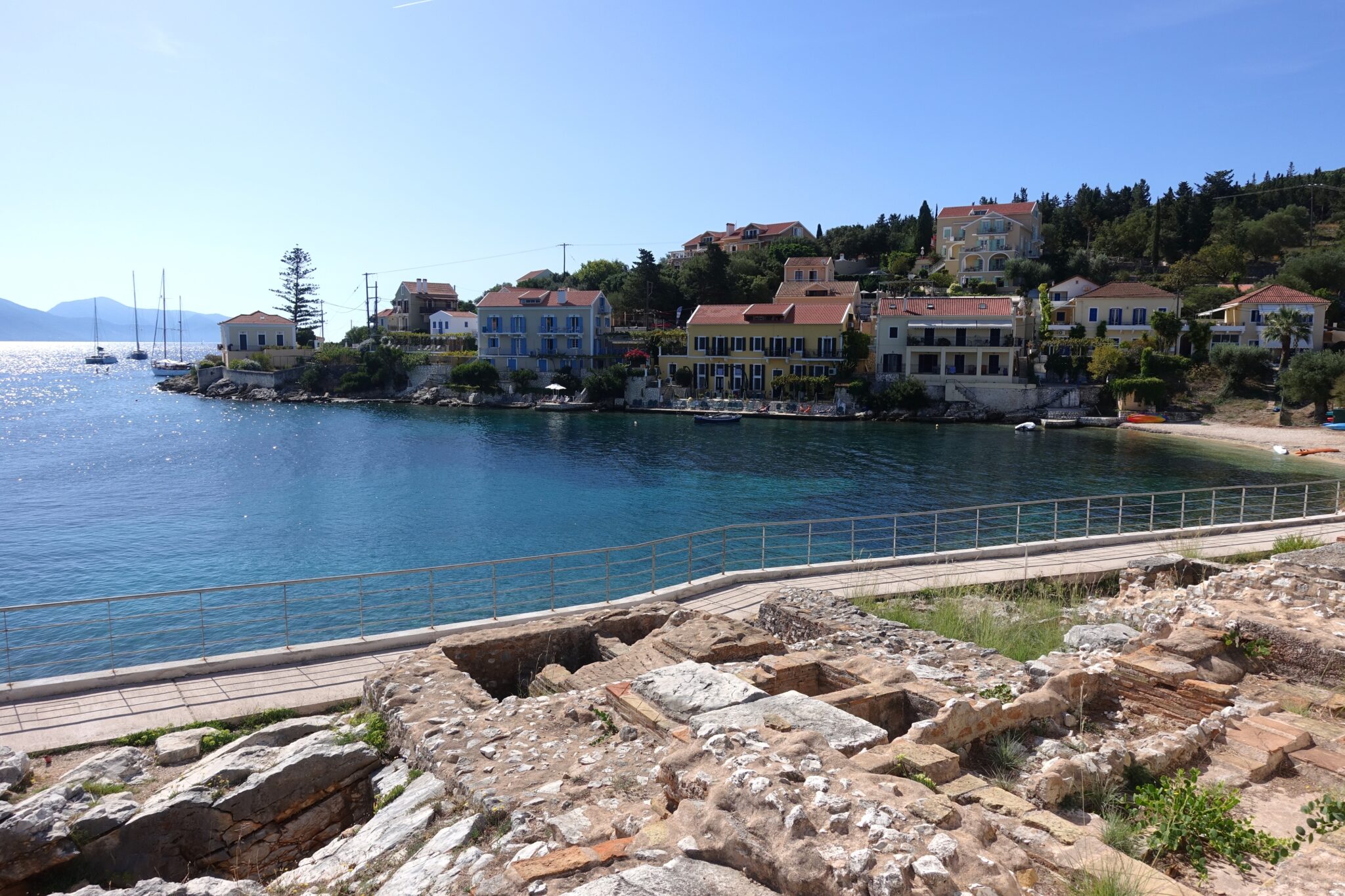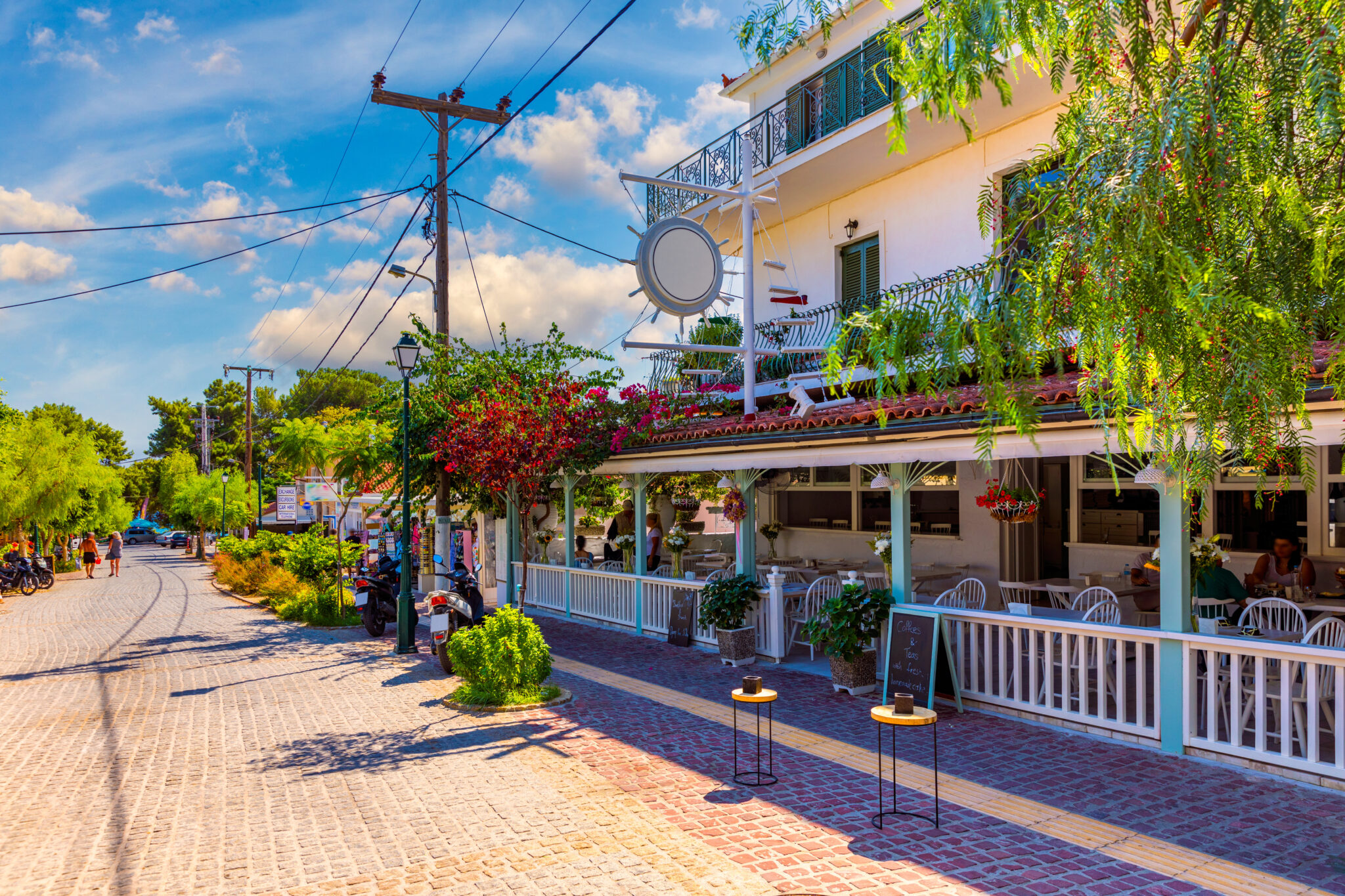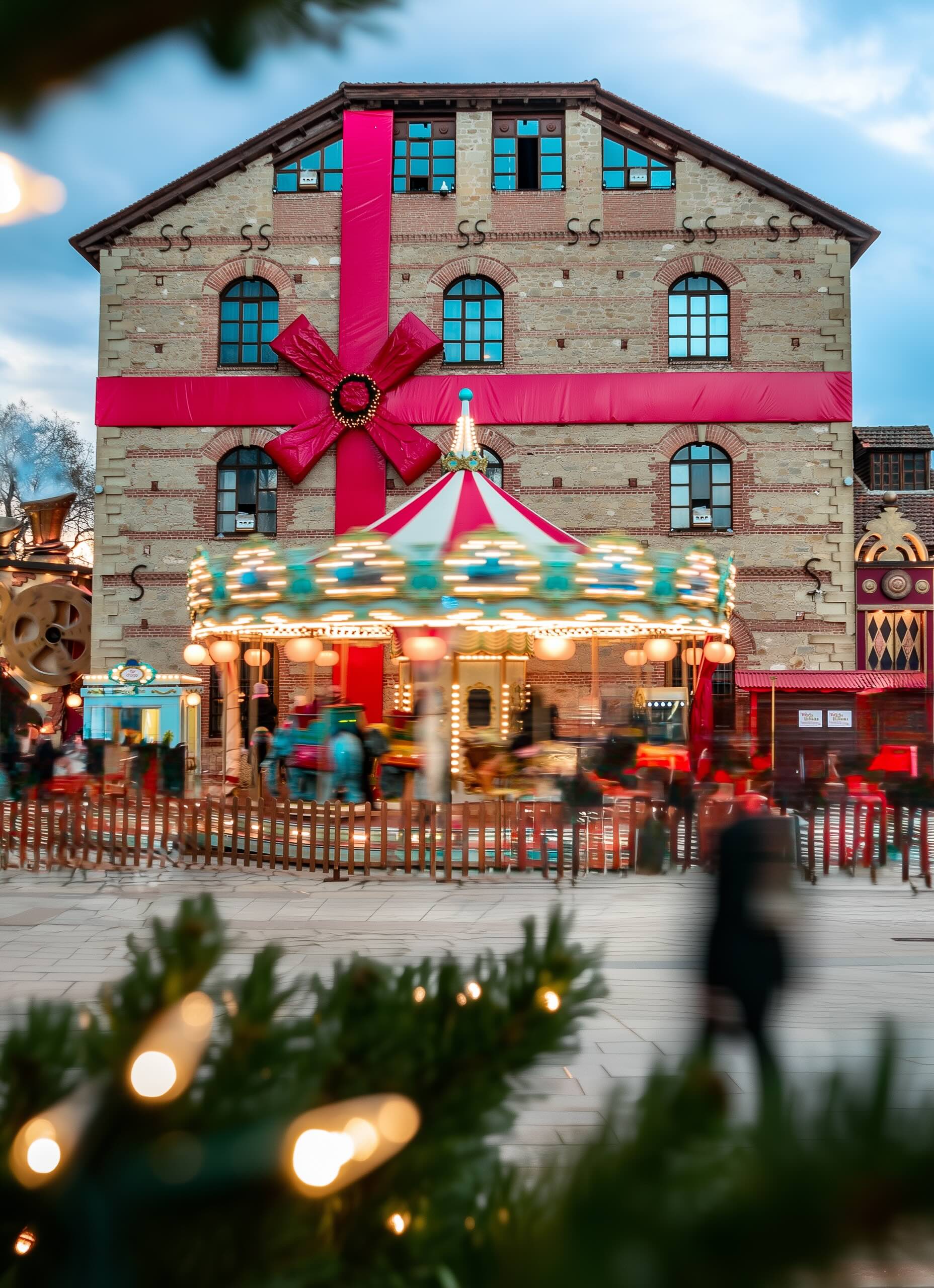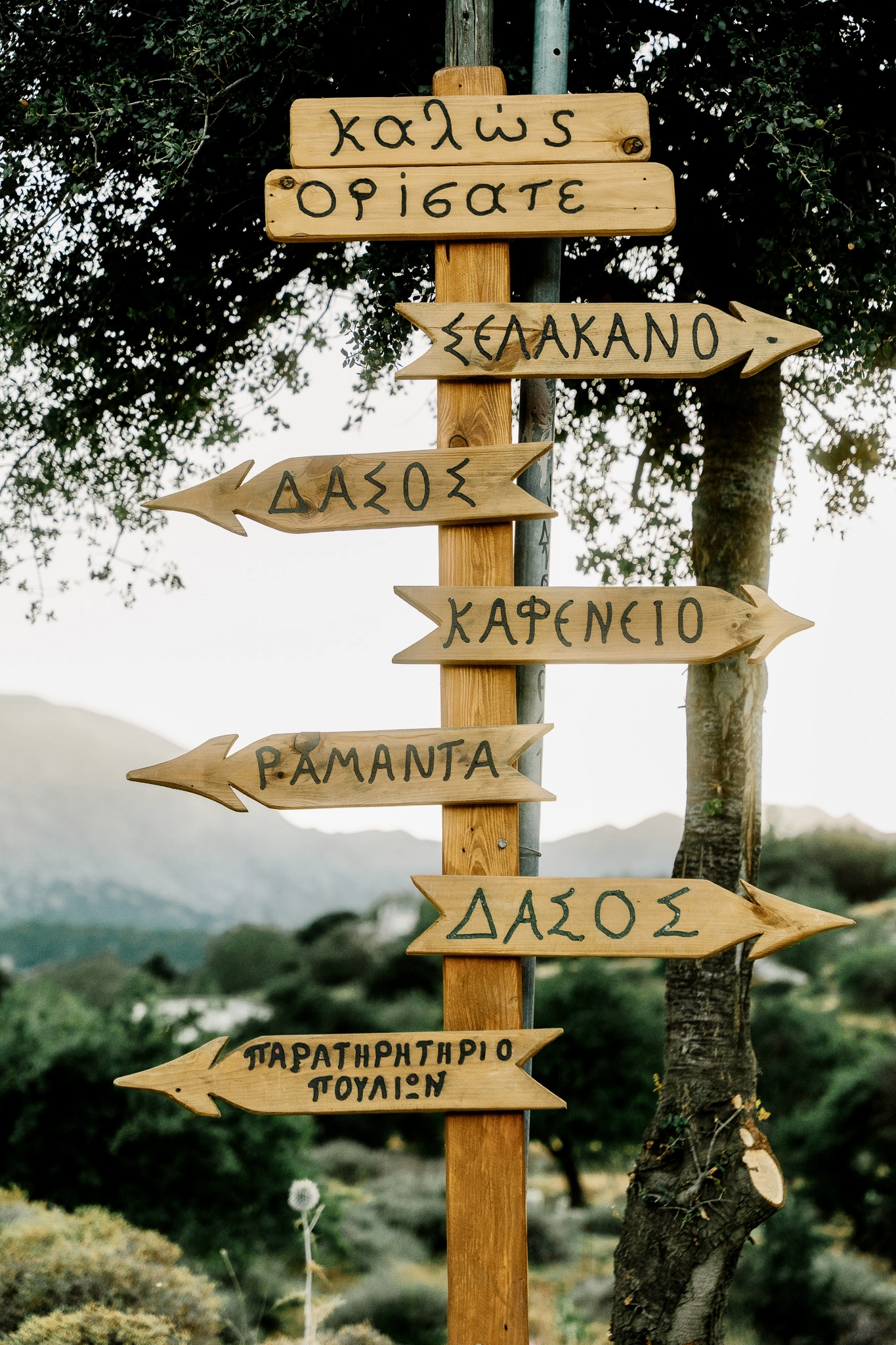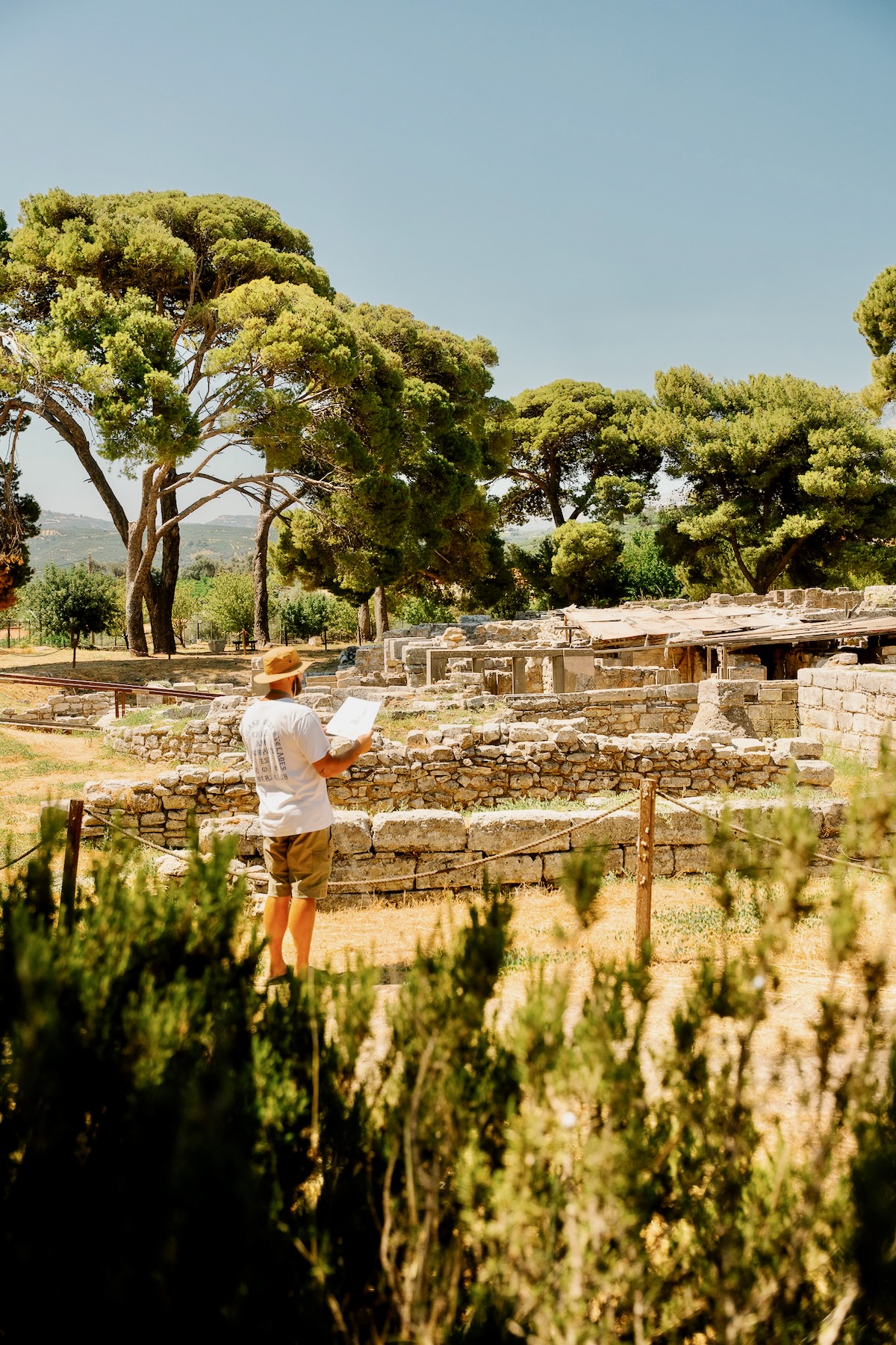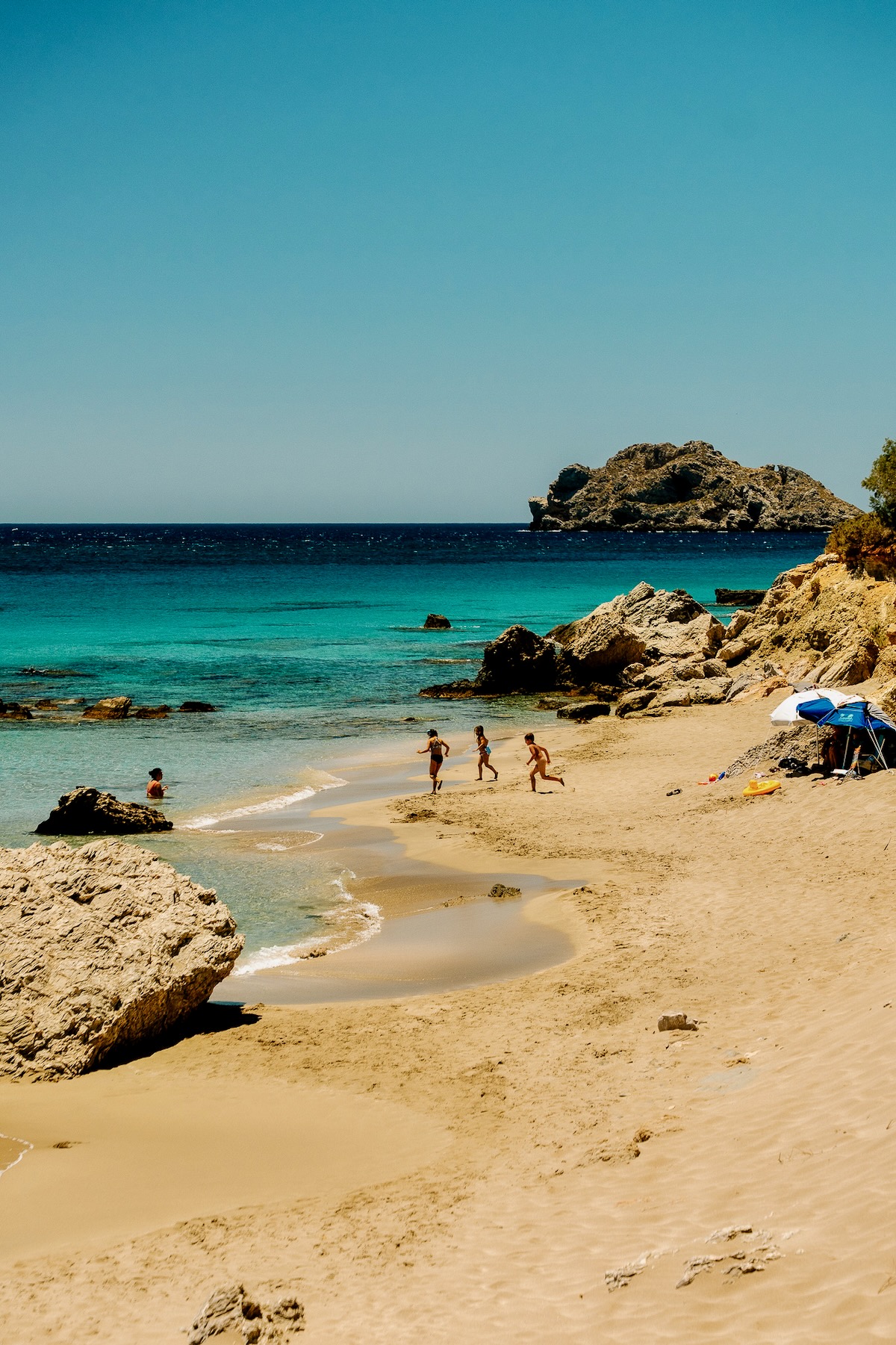Journey through Kefalonia’s ancient past, from the proud Acropolis of Sami perched atop Lapitha Mountain to the Roman Villa of Skala with its intricate mosaics. Uncover the secrets of grand Mycenaean tombs and a Roman cemetery filled with timeless possessions. Let the archaeological treasures of Argostoli’s distinguished museum guide you through epochs, casting light on a past that continues to captivate. Kefalonia’s ancient history is a narrative chiseled in stone, waiting to be explored.
Ancient Acropolis
Perched atop Lapitha Mountain, overlooking the port town of Sami, lie the ruins of the ancient Acropolis of Sami. This once-thriving fortified town, mentioned in Homer’s epic poems, was an autonomous entity, rich in population and fortifications, from Paleolithic times until 188 B.C. when it fell under Roman rule. In Roman times, the town saw a resurgence, with the construction of opulent houses and public buildings. Excavations reveal remnants of a Hellenistic citadel, Cyclopean walls, and an ancient theatre, along with rich tombs dating back to the 3rd century B.C. From the site you can delight in arresting views of the sea and the island.
Mycenaean Tombs
Unearthed in the early 1990s by Lazaros Kolonas, these vaulted Mycenaean tombs are the grandest in the Ionian Islands region, standing at a height of 3.95 metres and spanning 6.8 metres in diameter. Intriguingly, one tomb was constructed atop a smaller predecessor, its stones integrated into the new structure. Although previously looted and damaged, the wealth of artefacts found – including jewellery, figurines, and gold – testifies not only to the tombs’ affluent occupants but also to the area’s prosperity as a Mycenaean hub around 1350 BC.
Roman Cemetery
Unearthed accidentally in 1993 during public utility works, this ancient cemetery in Fiskardo underwent a four-year dig under archaeologist Andreas Sotiriou. Dating back to the early Christian centuries (2nd – 4th AD), it features 47 tombs of varying architectural styles; the most striking are the sarcophagi, and monolithic burial monuments. There were also burials in large vases, likely for infants or young children.
The interred were buried with their possessions, such as jewellery, glass vases, pottery, oil lamps, coins and strigils that were found in the tombs. Further sections of the cemetery are believed to exist beneath nearby roads and properties.
Post-2003 excavations revealed additional monuments from the same period around the cemetery, including a house, a bath complex, and an ancient theatre’s remains.
Roman Villa of Skala
Archaeologists discovered a rural Roman villa from the 2nd century AD in the coastal village of Skala, Kefalonia, in 1957. It now stands as the most significant monument of the era on the island. The villa comprises six rooms, including an outdoor courtyard, with four sites featuring stunning mosaic floors adorned with intricate geometric motifs. Sadly, a fire destroyed the villa during the 4th century AD. A Christian church was later built on a portion of the villa, which operated until the 9th or 10th century. Today, visitors can view the villa’s remaining structure and stunning mosaic floors.
Kefalonia Archaeological Museum
In the heart of Argostoli, you’ll find its distinguished Archaeological Museum. This museum, a testament to the island’s storied past, showcases a wealth of antiquities collected from a variety of archaeological sites around Kefalonia. These treasures span a significant timescale, tracing history from the earliest prehistoric era right up to the Roman epoch.
A standout among the museum’s curated collections is an array of Mycenaean artefacts. These pieces, as old as they are fascinating, shed light on an era of Greek history that has long captivated historians and enthusiasts alike. Among the museum’s most noteworthy exhibits are several items from the 12th century BC. These include a Mycenaean kylix, a type of footed cup with a conical shape, discovered at the Lakkithra Mycenaean burial ground. There’s also a two-handled krater, decorated with intricately panelled motifs, unearthed at the Diakata cemetery, and a gold necklace, crafted with elegantly twisted spirals from the same period, that captivates viewers with its delicate beauty.
Address: Rokou Vergoti, Argostoli, Phone: +30 26710 28300.
Read also:
8 experiences you must have on the blue-green island of Kefalonia
Platia Ammos, Kefalonia: A virgin paradise beach
The top 6 beaches on Kefalonia



